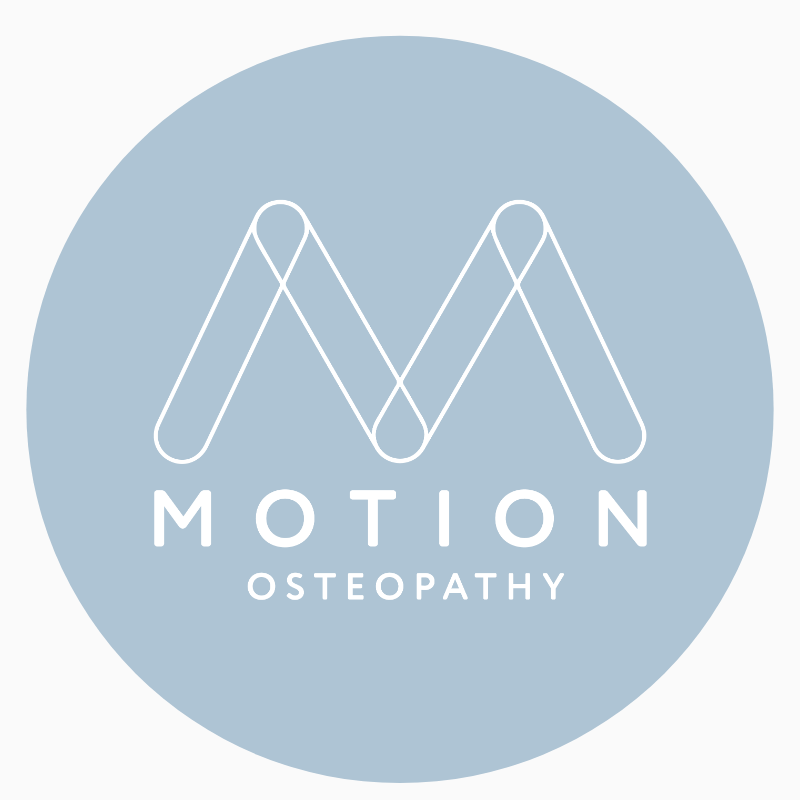Home Office Ergonomics
During COVID-19 many of you are working from home, behind a computer and maybe even taking the relaxed approach and sitting on the sofa. The change in your work environment by now may be being felt.
Osteopaths regularly treat patients experiencing neck pain, back pain and headaches due to poor ergonomics. Patients with poor physical workstation ergonomics are at risk of aggravating or maintaining their existing issues.
The aim of ergonomics is to organise objects in a way that allows someone to work efficiently and comfortably. Repetitive movements, prolonged sitting and slouching are all stresses on the body that can affect not only your ability to complete tasks effectively, but also pain management. Therefore to make an ideal work environment there are a few things to consider. This guide is designed to give you the knowledge and skills to individually tailor your computer workstation to you.
You may identify only minor problems with your equipment. However, making the necessary modifications will inevitably help your condition:
1. Your computer should be placed at arm’s length away, directly in front of you and at eye level. Your neck may be painful or stiff if you look down at your screen for long periods of time. This is because your head is heavy, and the muscles at the back of your neck have to work harder to hold its weight with every degree of forward tilt added.
2. Your mouse should be beside the keyboard, so that you are not stretching your arm beyond the point of the keyboard
3. Make sure the items you are using, often throughout the day are set in a position easy to reach. This will reduce any repetitive movements and any awkward stretching that may strain your body.
Points to consider when setting up your chair:
1. Have your feet flat on the floor, and your chair height set so with your knees slightly lower than your hips, and your low back supported
2. There should be a 2-4 finger gap from the front edge of your chair to the back of your calf muscle
3. Have a slight incline to the chair so that you are sitting comfortably
4. You can ensure good support for your back by sitting right back against the backrest, or adding a cushion behind you
5. Your chair should be pushed in, so that your arms/elbows can rest comfortably on the desk.
Standing desks:
1. Stand with weight evenly distributed i.e. not leaning on one leg
2. Desk height should be around waist height or, so that elbow is slightly elevated
Some general advice to reduce workplace aches and pains:
Try reducing repetitive movements – if you cannot avoid them, contact your osteopath for some stretches to help combat the strain
Take regular breaks, stand up and move around every 45 minutes.
We also must take this opportunity and recommend regular practice of Pilates or Yoga! Both are good for you in so many ways. If you are new to Pilates or Yoga and already have pain symptoms, please give us a call so we can recommend a suitable practitioner for a personal assessment and session.
Author: Samantha Nottage [Osteopath]

